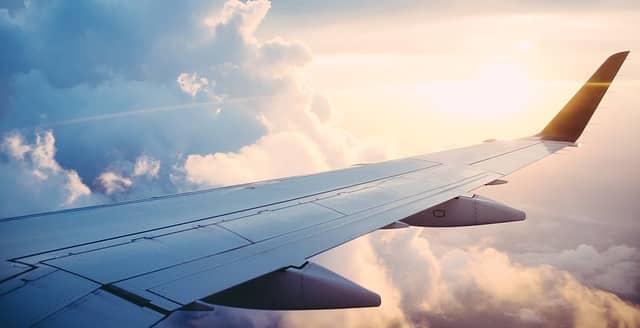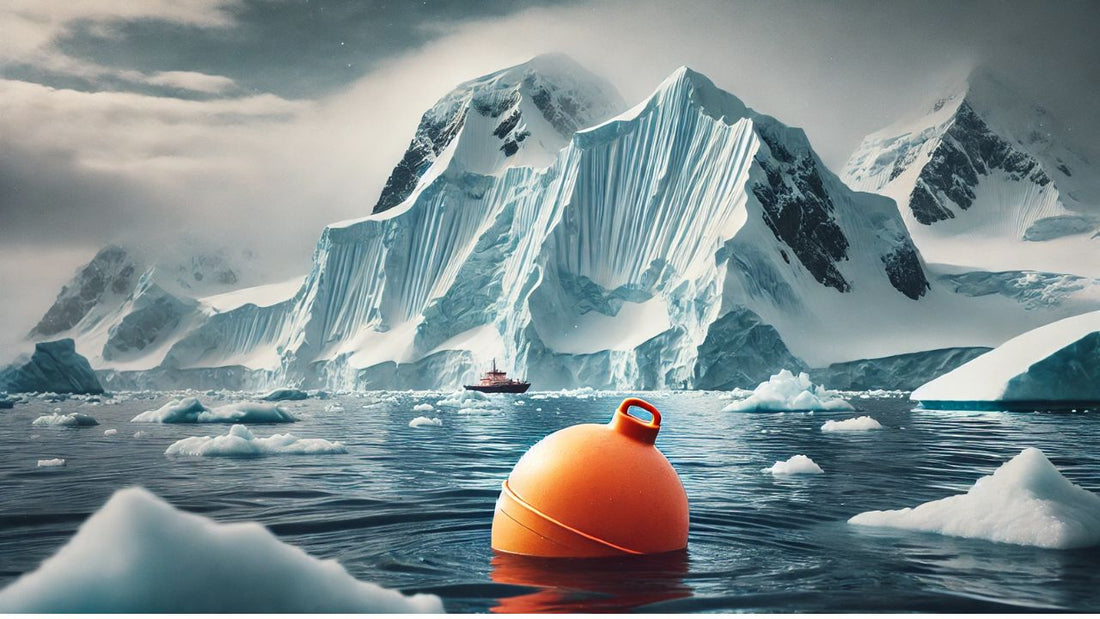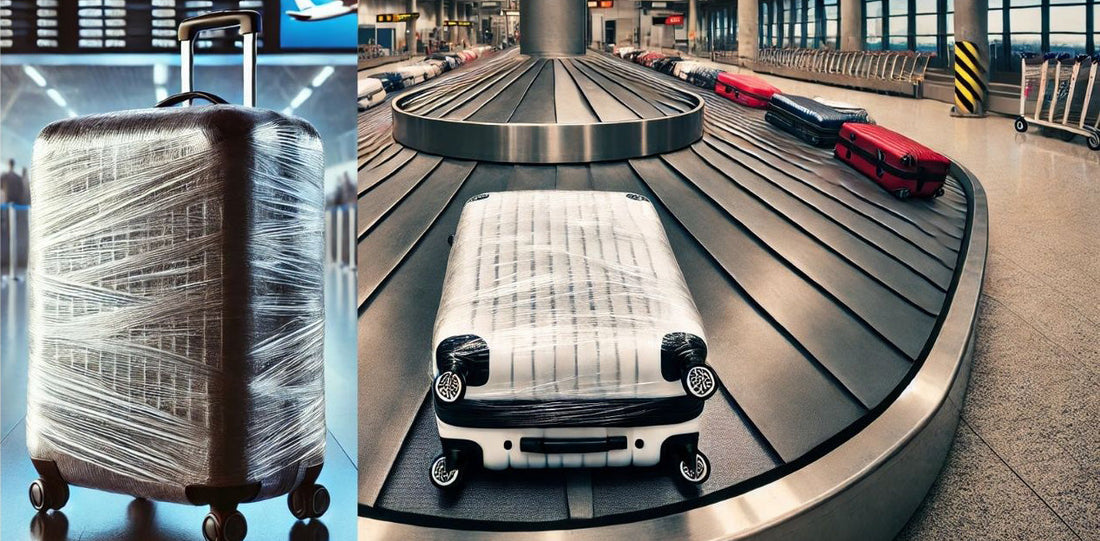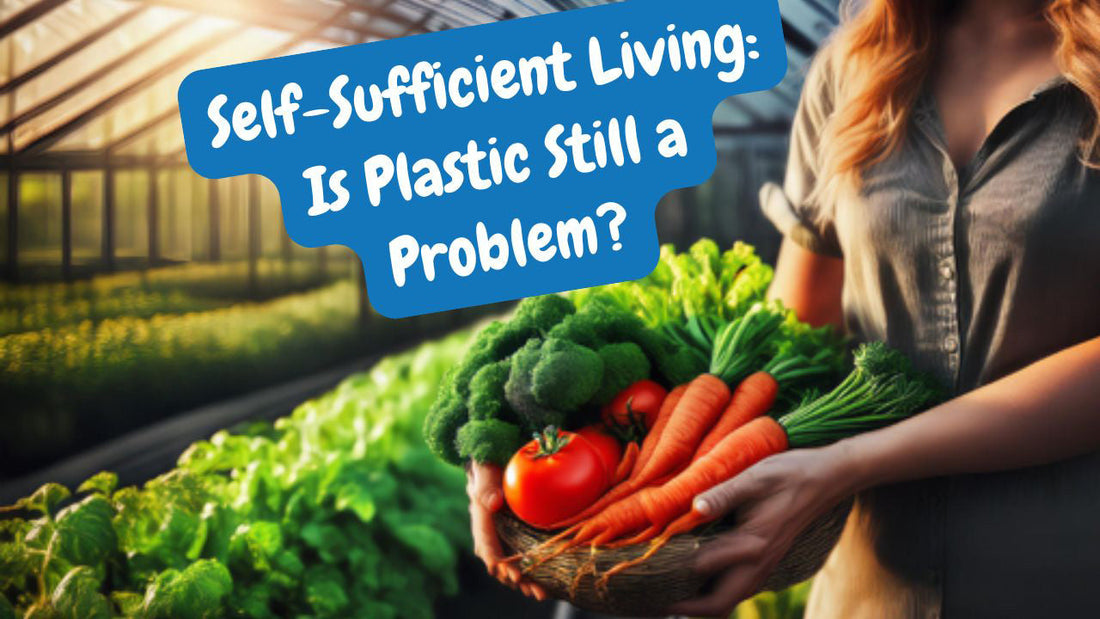Taking a deep dive into airline travel, and the environmental impact of international travel.
After one domestic flight and one 14 hour international flight getting to my travel destination, I realised trying to cut out airline waste on my own would be—a waste. A waste of time that is. Sounds defeatist indeed, but the reality is, even if I didn't eat that muffin wrapped in plastic, or I said no plastic swizzle stick in my coffee please, the muffin would still end up in the garbage bin with the rest of the passenger waste, and the swizzle stick would still end up in my coffee.
 On my return leg from Vancouver I collected every single piece of plastic waste from the flight. I painstakingly cleaned each item before placing it into the plastic bag my blanket came wrapped in. The passenger beside me must have thought I was either super anal about recycling, or simply just nuts. I'm not sure which one!
On my return leg from Vancouver I collected every single piece of plastic waste from the flight. I painstakingly cleaned each item before placing it into the plastic bag my blanket came wrapped in. The passenger beside me must have thought I was either super anal about recycling, or simply just nuts. I'm not sure which one!
157g of single use plastic collected by one passenger on an international flight.
The single use plastic tally:
- 1 blanket cover.
- 2 fruit containers with sealed lids.
- 2 milk containers (lids not collected).
- 1 square salad container with lid.
- 2 rectangular food containers with sealed lids.
- 3 butter containers (butter not necessary for items served and lids not saved).
- 3 sets of plastic cutlery packaged in plastic bags.
- 1 wine bottle.
- 1 plastic cup used for drinking wine.
- 1 water bottle (unnecessary, as I took my own water bottle onboard).
- 3 packages for wrapped food such as breads and muffins.
- 1 headphone wrapper (bluetooth headsets are not permitted so unfortunately these were required).
- 1 cling wrap from a sandwich.
- 3 plastic swizzle sticks — you receive these even when you request not to have one.
Not collected were the three coffee cups I drank from, they were paper and it appeared the flight attendants collected these for recycling as they were not typically tossed in general garbage.

40 pieces of single use plastic produced by one passenger, on one international long-haul flight.
A total of 40 pieces of single use plastic used by one passenger. The plastic waste weigh-in came at 157g. This may not sound like a lot, and looking at the image it may not look like a look. But let's put that into perspective.
On that flight alone there were 236 seats, it was a full plane with the exception of a seat or two. Statistically we will put that aside as the waste accumulated by the general airline traveller would more than likely higher than mine, I took my own water bottle and didn't order anything out of the ordinary or consume large amounts of alcohol. Doing so would have generated a lot more plastic waste.
When we look at the airline passengers waste alone from one plane on a one way trip the grand total is: 37 kilograms of single use plastics that won't be recycled. When we extrapolate those numbers across the entire flight schedule of that one route, we're looking at a lot of single use plastic pollution.
The flight runs daily, producing 13.5 tonnes of plastic waste each year. And that’s just one airline, one flight, one way! Everyday throughout the year over 100,000 flights are airborne around the globe, serving out food and drinks to passengers in single use plastic containers. The majority of which will end up in waste. Take a moment to think about it.
In 2017 more than four billion people boarded aircraft around the world, and many of those were served some sort of food, beverage, blanket or headphones, you guessed it . . . wrapped in, or made of “single use plastic.” You have do the math, as my calculator won’t go that high. A great way to get a visual on how much plastic is travelling across the globe on any given day is to download the app “Flight Radar 24”. This app shows in real time every aircraft that's airborne around the globe at any one time. Now imagine all the plastic waste off all those planes, it’s staggering to say the least.
Where does it go?
 I do not know where the final resting point of airline waste ends up. We were travelling from Canada into Australia. I have read that the Canadian airline waste regulations stipulate all airline waste must be burned. Is this fact? I cannot answer that.
I do not know where the final resting point of airline waste ends up. We were travelling from Canada into Australia. I have read that the Canadian airline waste regulations stipulate all airline waste must be burned. Is this fact? I cannot answer that.
Where does the waste end up when it hits Australian soil? Again, further investigation would be required. But what I did notice on the plane is that the flight attendants saved very few items for recycling, including obviously recyclable items like plastic water bottles and small liquor bottles.
The management of this waste is not the responsibility of flight attendants, they are simply doing their job. And it was obvious from overheard conversations between staff, getting tasks completed as quickly as possible was a high priority. This plastic pollution issue is also not airline specific, this is common practice on flights throughout the world—every day of the year.
What's the Solution?
This is a problem that cannot be solved by passengers. No matter how hard we try—taking our own water bottles, travelling with reusable coffee cups or putting reusable bamboo cutlery in our carry on is not going to fix the issue. The pressure needs to be placed on the airline industry. They have international regulations to meet, there's a tight window for flight attendants to deliver food and drink to passengers in a timely manner, none of which the average passenger understands.
Each individual airline company needs to come up with a solution to stop this madness. There's always another way. They need to act fast and find a solution, and we as passengers need to demand they take action.
What can you do?
Contact the airline you travel with and ask them what plastic reduction solutions they are putting into place to reduce their reliance on single use plastic waste. Query them on social media, using the hashtag #earthbeforeplastic.





